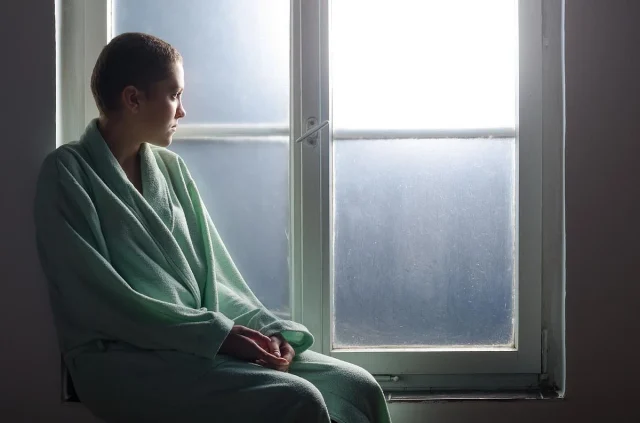Most deprived and/or non-Hispanic Black-concentrated areas had significantly higher advanced-to-localized IRRs for breast, cervical cancer
By Elana Gotkine HealthDay Reporter
FRIDAY, Aug. 1, 2025 (HealthDay News) — People living in racially and economically segregated neighborhoods are more likely to be diagnosed with advanced-stage breast and cervical cancer, according to a study published online July 24 in the Journal of the National Cancer Institute.
Qinran Liu, Ph.D., M.P.H., from the American Cancer Society in Atlanta, and colleagues examined the association between neighborhood-level segregation, measured by the neighborhood-Index of Concentration at Extremes, and stage at diagnosis for three screenable cancers in New York City. A total of 98,449 incident cases (58,970 breast, 4,790 cervical, and 34,689 colorectal) were analyzed using data from 2008 to 2019 from the New York State Cancer Registry.
The researchers found that compared with the most affluent and/or most non-Hispanic White-concentrated areas, the most deprived and/or non-Hispanic Black-concentrated areas had significantly higher advanced-to-localized stage incidence rate ratios for breast and cervical cancer. No association was seen for Hispanic concentration alone with disparities, but when combined with economic deprivation, disparities were seen in breast and cervical cancer. Increasing incidence rate ratios were seen for all racialized economic-segregation measures, with higher segregation for both cancers. For colorectal cancer, there were no disparities.
“Our findings have direct implications for cancer prevention and early detection efforts by identifying neighborhoods with the greatest disparities in stage at diagnosis,” Liu said in a statement
Copyright © 2025 HealthDay. All rights reserved.



















